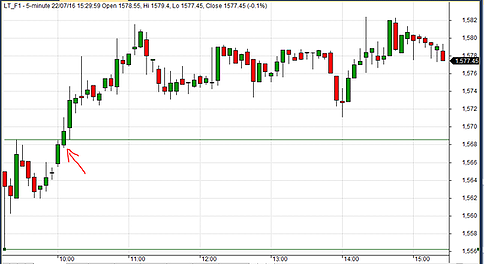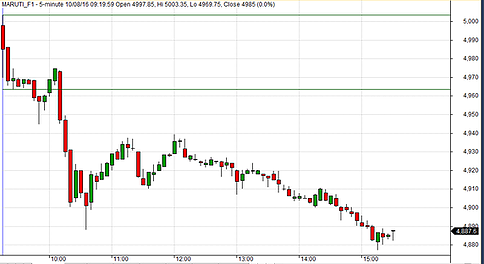SWING TRADING STRATEGY
An Overview
My strategy is very simple. My focus is on Risk-Reward ratio & not the hit-rate %.
It has 2 main components,
1]Multiple Time Frames -
Daily TF for location & BIG PICTURE TREND. 60Mins for zones & Trend. 10Mins for zone refinement.
2]Institutional Demand & Supply zones.(For low risk high reward setups).
I will share my step by step approach using recent NIFTY long trade setup,
Scenario, NIFTY in DAILY+WEEKLY UPTREND and it Gaps down cause of BREXIT News.
GREAT TIME TO Buy at wholesale in uptrend when most of the people are panicking and selling.
STEP 1:
IDENTIFY DAILY(BIG PICTURE) TREND & LOCATION
NIFTY is in BIG PICTURE UPTREND. So we should be looking to go long.
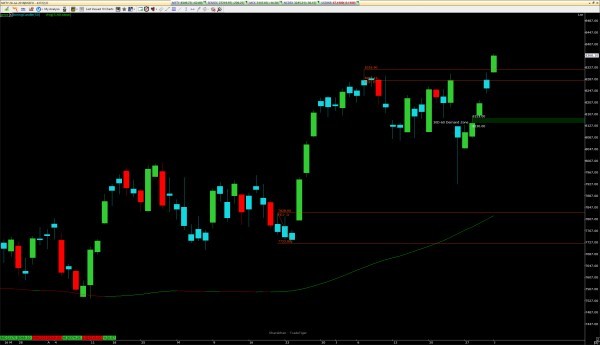
STEP 2:
Check trend in 60Mins TF.
Confirmed Uptrend = Higher high - higher low - higher high
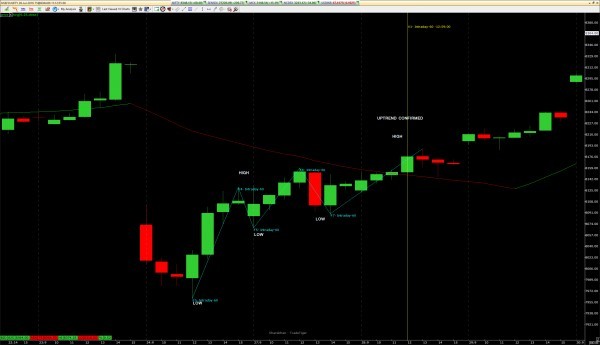
STEP 3:
FIND a DEMAND ZONE in 60M TF here it is 8153 - 8136
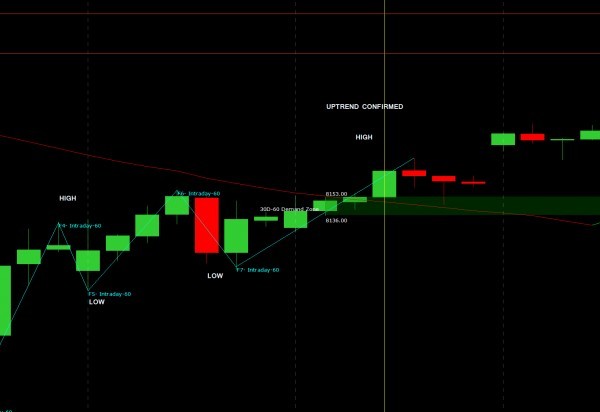
STEP 4:
Confirm it in 10Mins zone for sideways action followed by explosive move out of the zone/Rally.
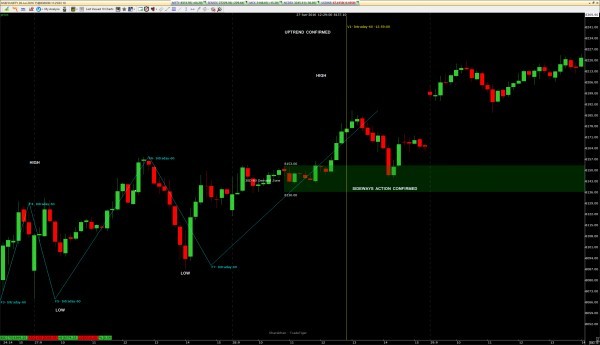
STEP 5:
Wait for prices to retrace back into zone. Put a LIMIT BUY ORDER(After applying probability enhancers,we wont get into details here.)
PRICES RETRACED BACK SAME DAY & AFTER ALMOST 2 HOURS OUR ENTRY WAS FILLED ,
ENTRY : 8153
STOP LOSS : 8134.85 ( Just below our demand zone)
TARGET : 8302 First opposing Supply zone which is a Pro Gap down.
Check the chart below,
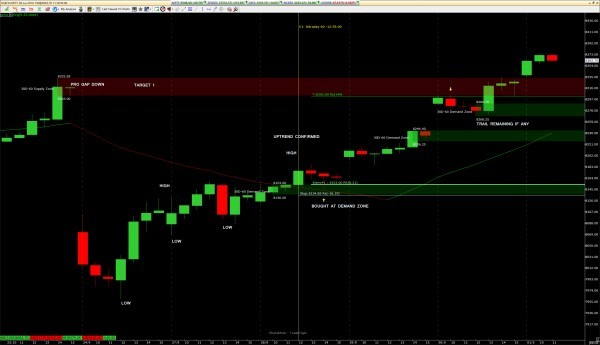
STEP 6:
TRADE MANAGEMENT & CONCLUSION,
We will keep trailing STOP LOSS to higher lows.
Put Target sell order as a LIMIT Order so that we wont need to sit in front of screen.
Here,The trade setup has worked brilliantly giving us 8 times REWARD.(8000Rs. Reward for 1000Rs Risk).
An opposite approach is applied for a swing short trade setup.
I feel glad I was able to share my strategy with fellow traders. Thanks TEAM ZERODHA for this opportunity :)












